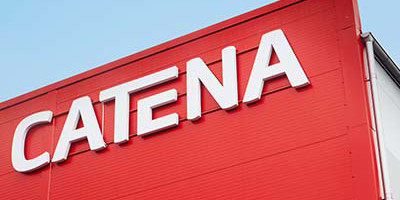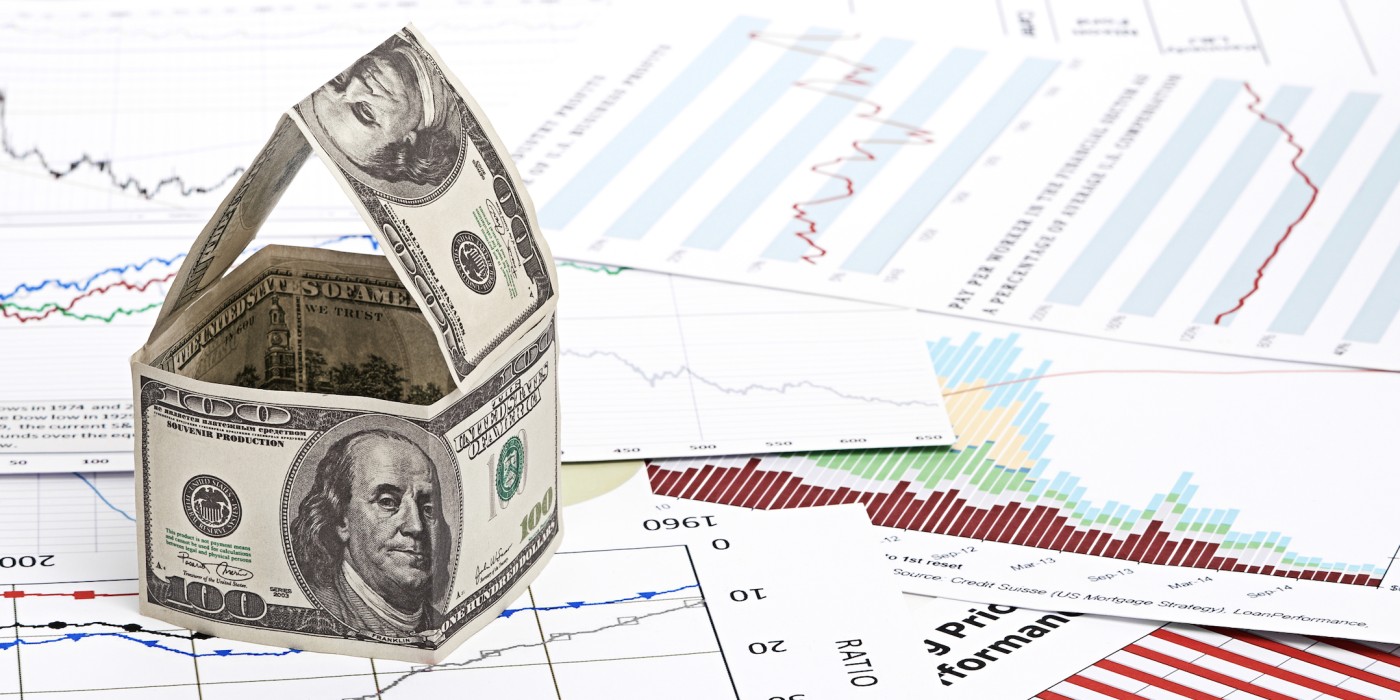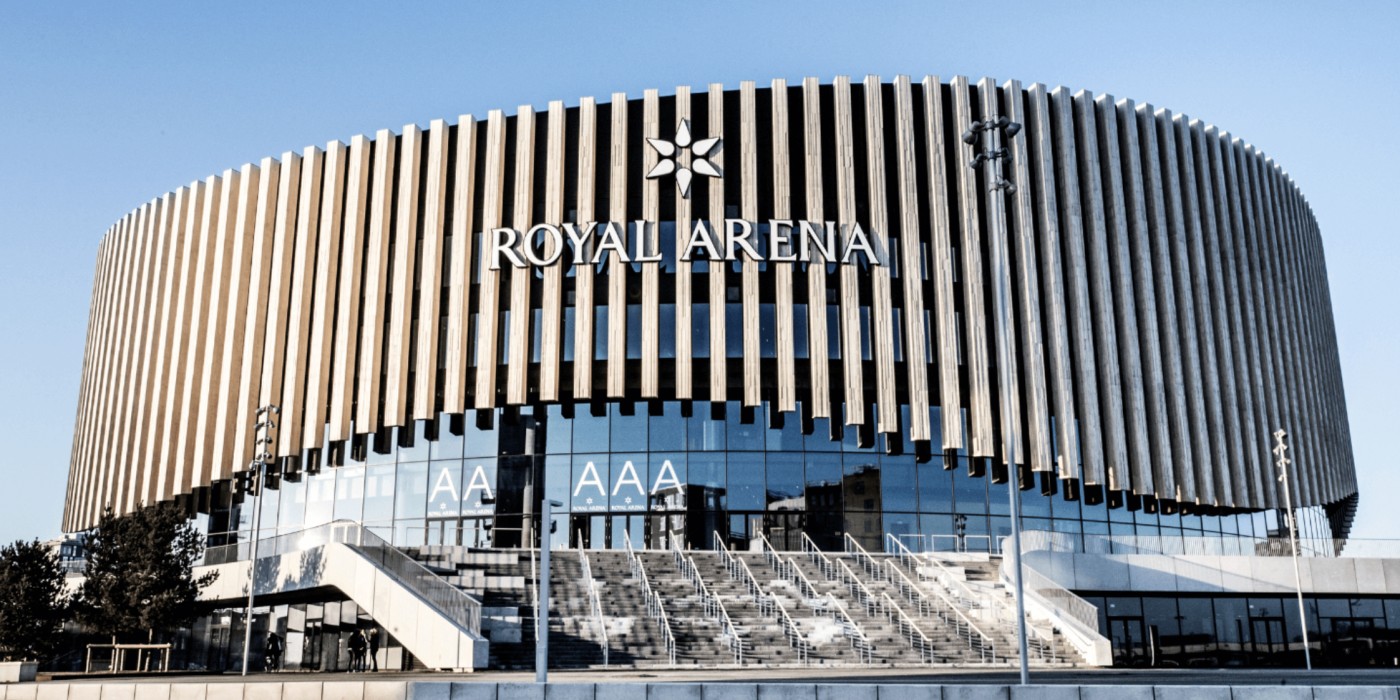The new net debt/EBITDA ratio KPI describes the Group’s net debt in relation to the net operating income the Group generates minus cost for central administration. The aim is for this KPI to be maintained below nine times. In simple terms, the KPI shows how many years it takes to repay all loans if the accounts remain constant. Unlike the loan-to-value ratio KPI, which is more traditional in the property sector and measures the company’s indebtedness in relation to the property value, the net debt/EBITDA ratio focuses instead on earnings.
The KPI is being presented for the first time in the year-end report for 2022.
Catena’s financial KPIs in its finance policy will thus be as follows from now on:
# The equity ratio should be at least 40 percent.
# The interest coverage ratio should be at least two times.
# The average debt maturity should be at least 2.5 years.
# The net loan to value should stay below 50 percent.
# An Investment Grade credit rating shall be maintained.
# The net debt/EBITDA ratio should be less than nine times.
“In view of the increased global uncertainty, I see two reasons to add this KPI,” says Catena’s Chief Treasury Officer, David Silvesjö. “Firstly, it highlights our work to generate a strong cash flow in relation to indebtedness and, secondly, it is an established KPI used to a great extent by both investors, banks and credit rating agencies.”

 All Nordics
All Nordics
 Sweden
Sweden
 Denmark
Denmark
 Finland
Finland
 Norway
Norway
























